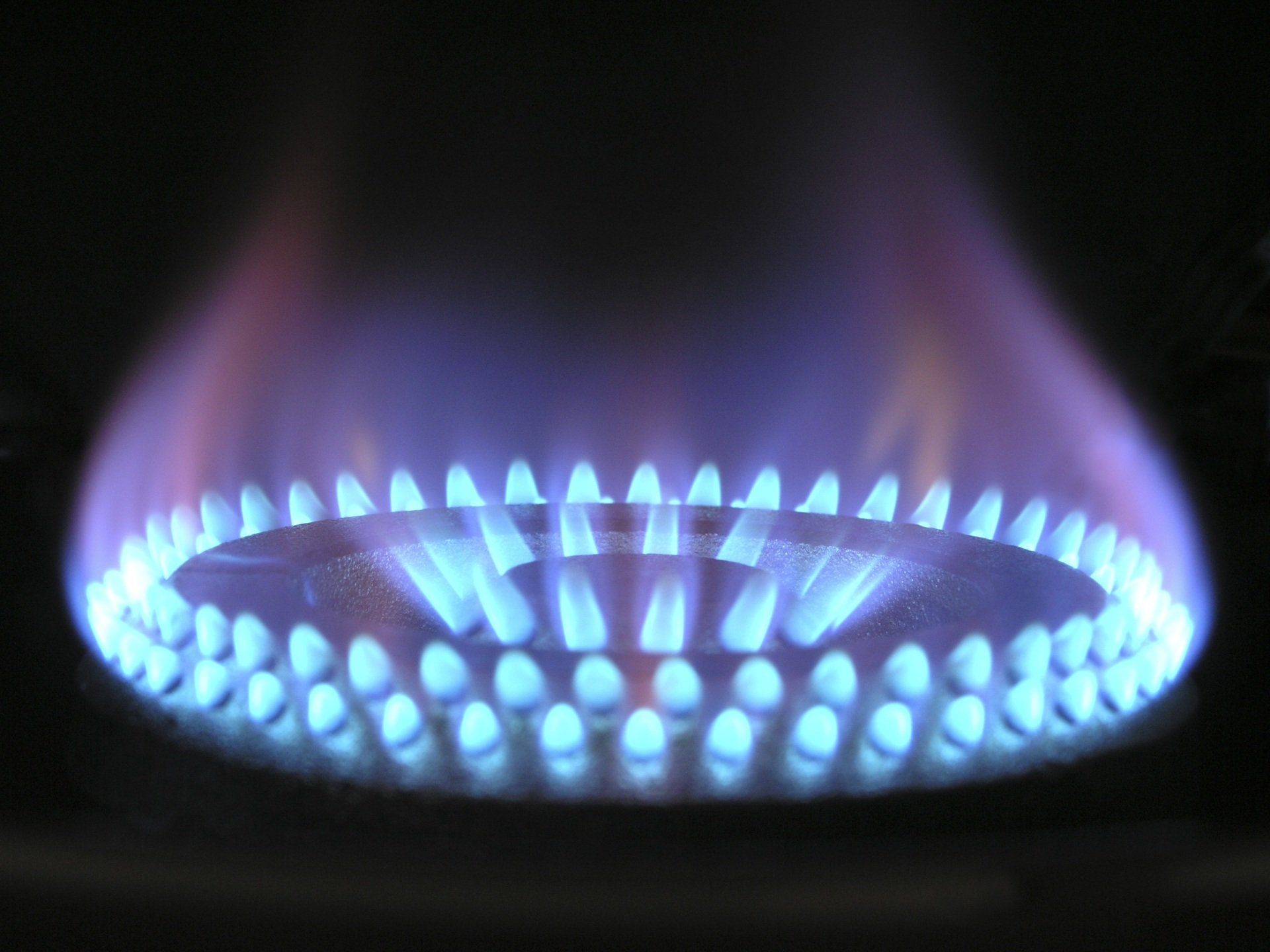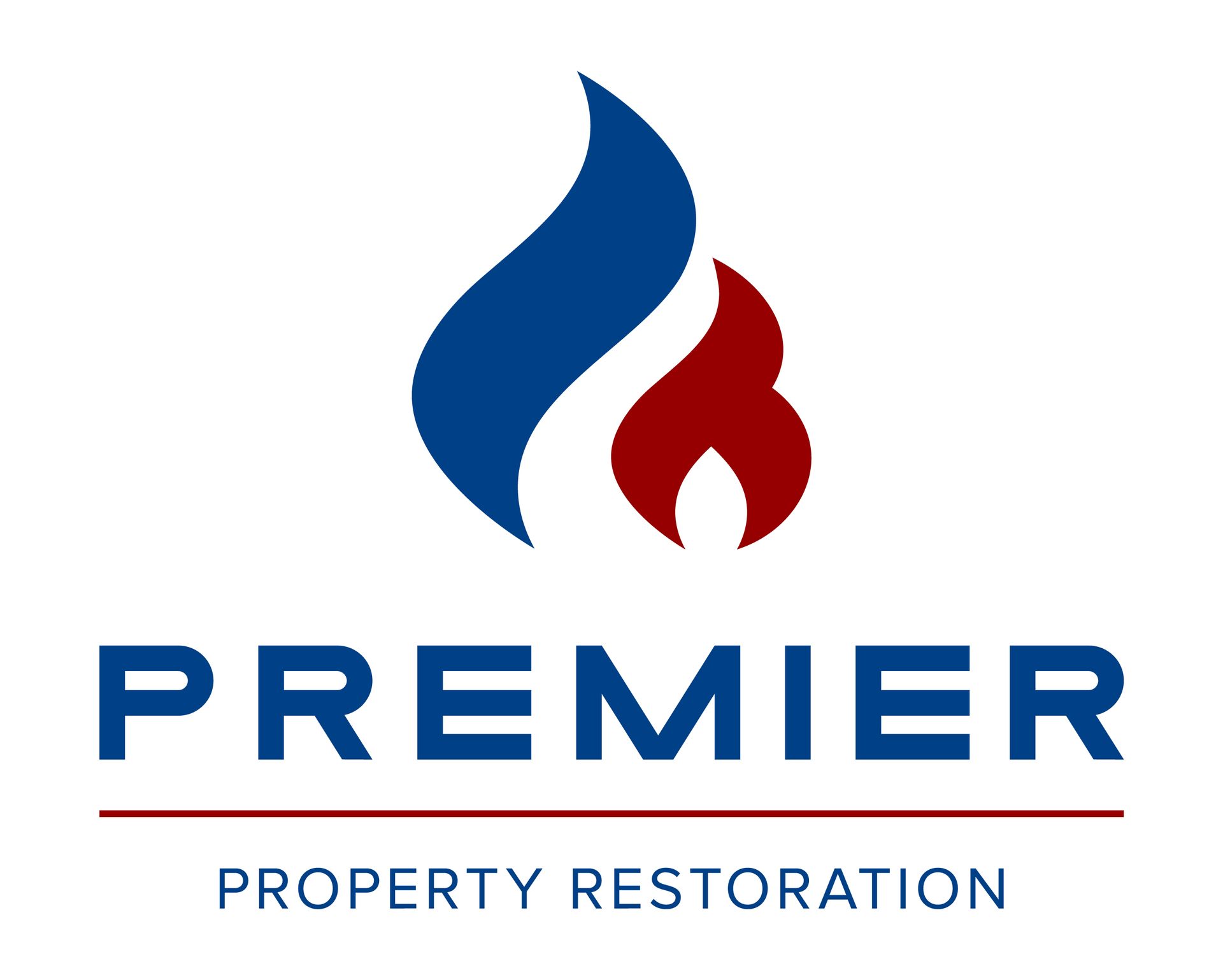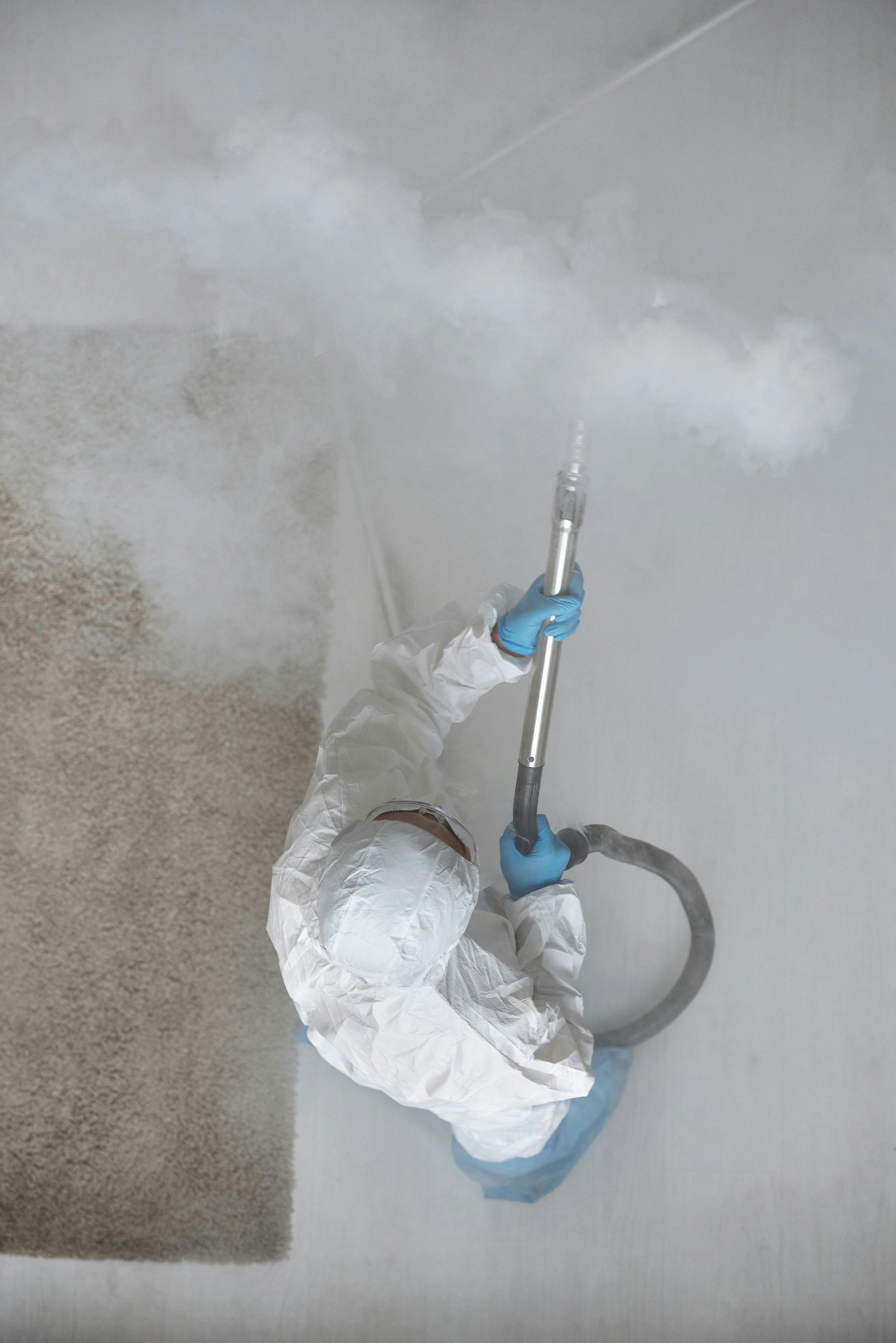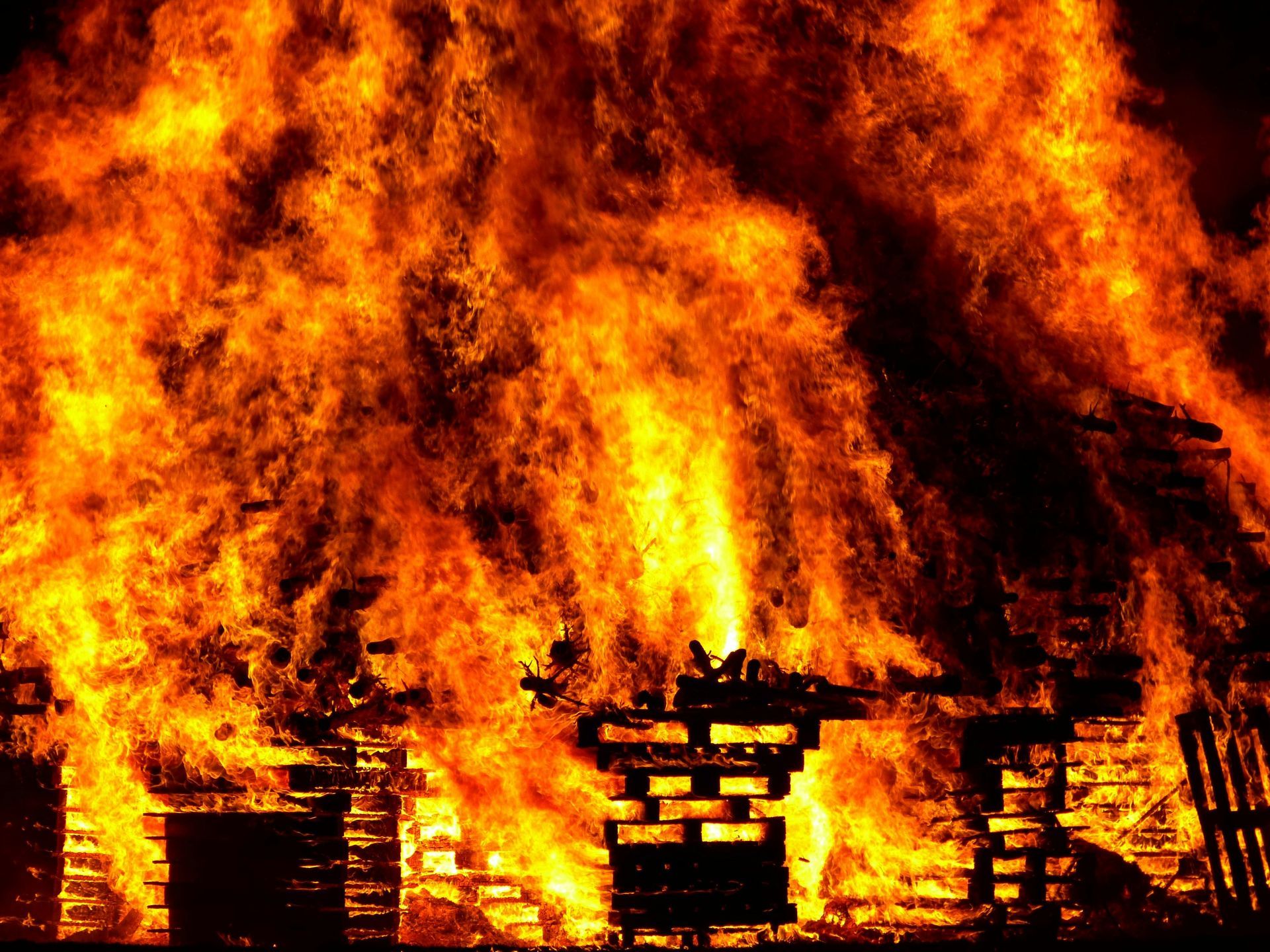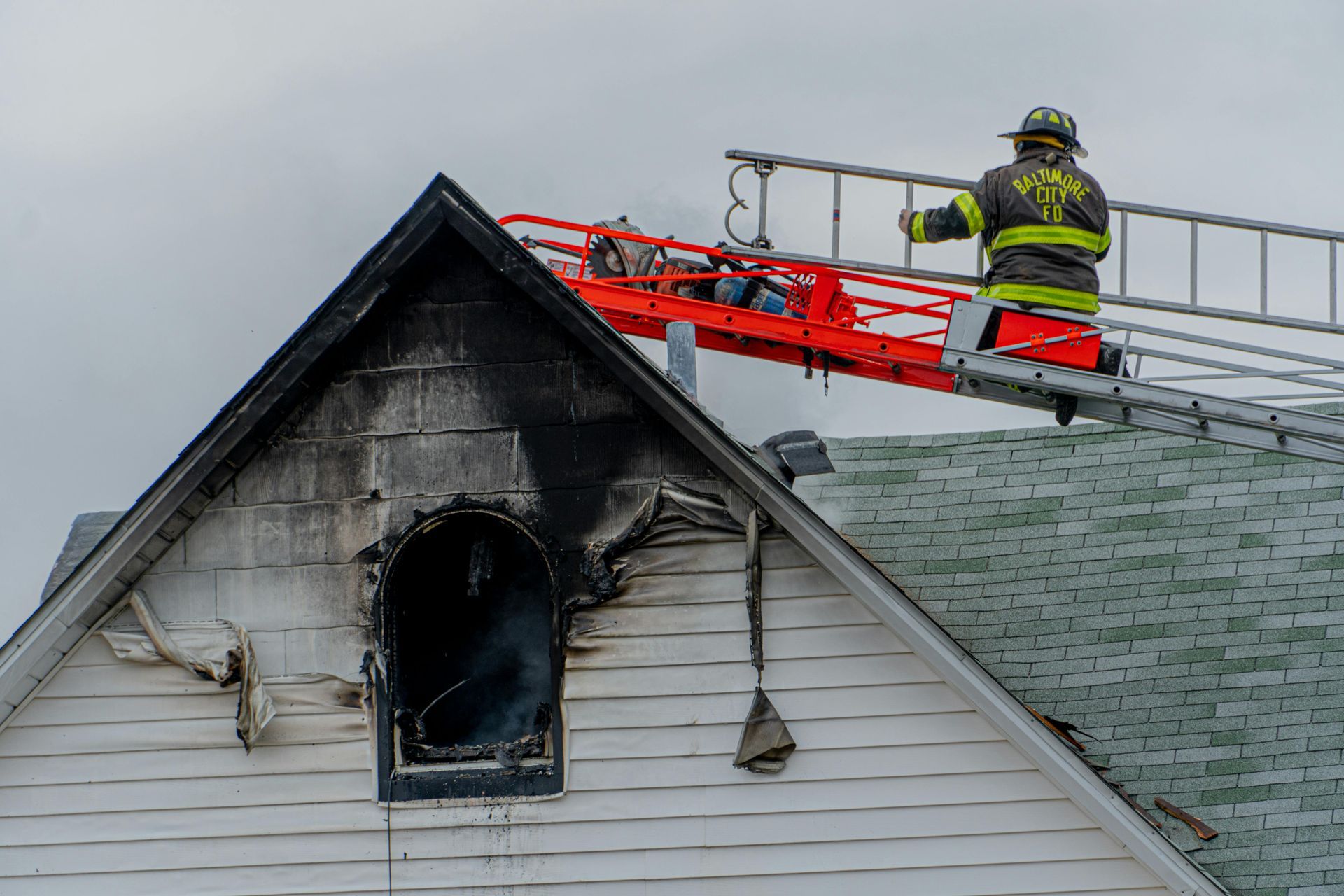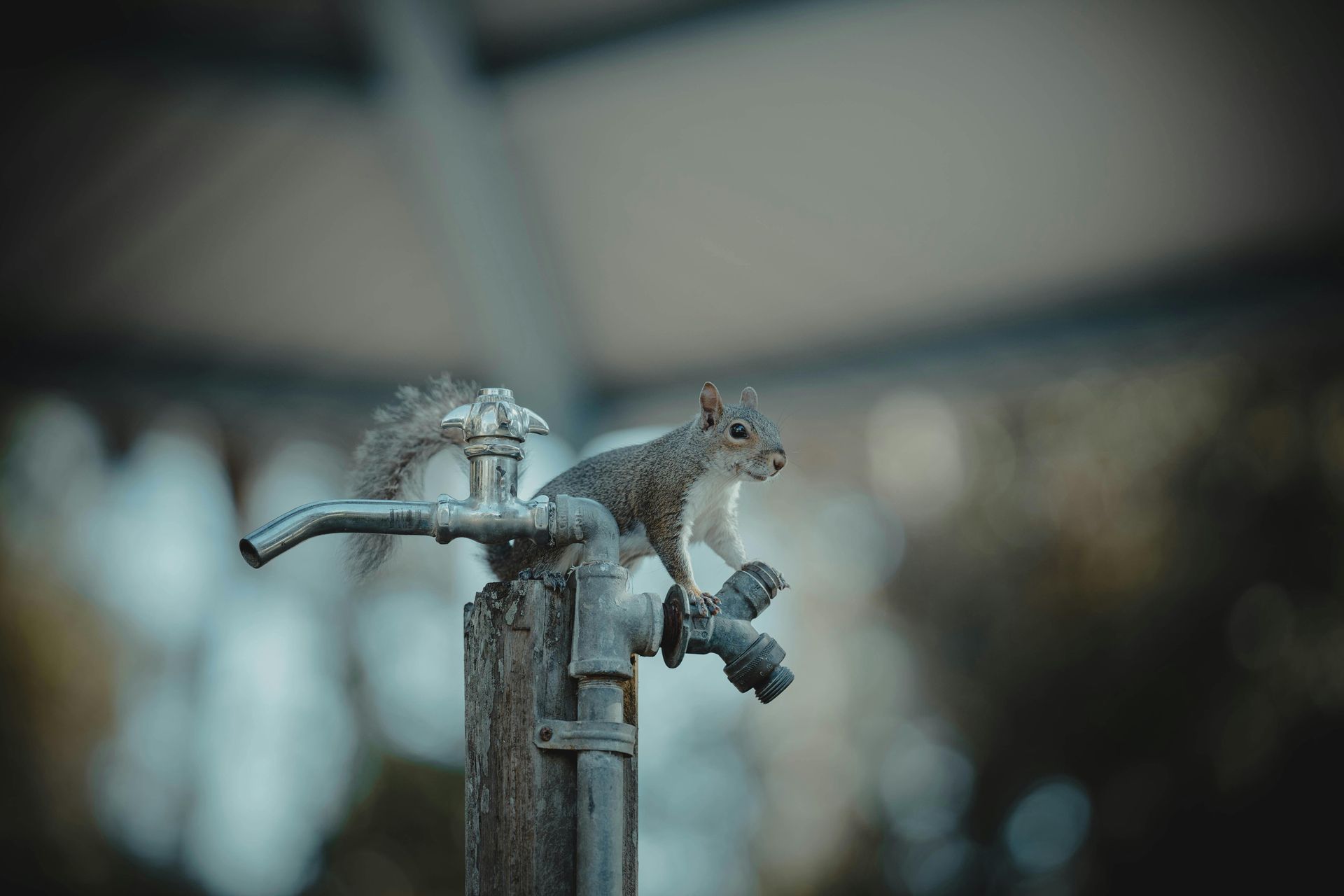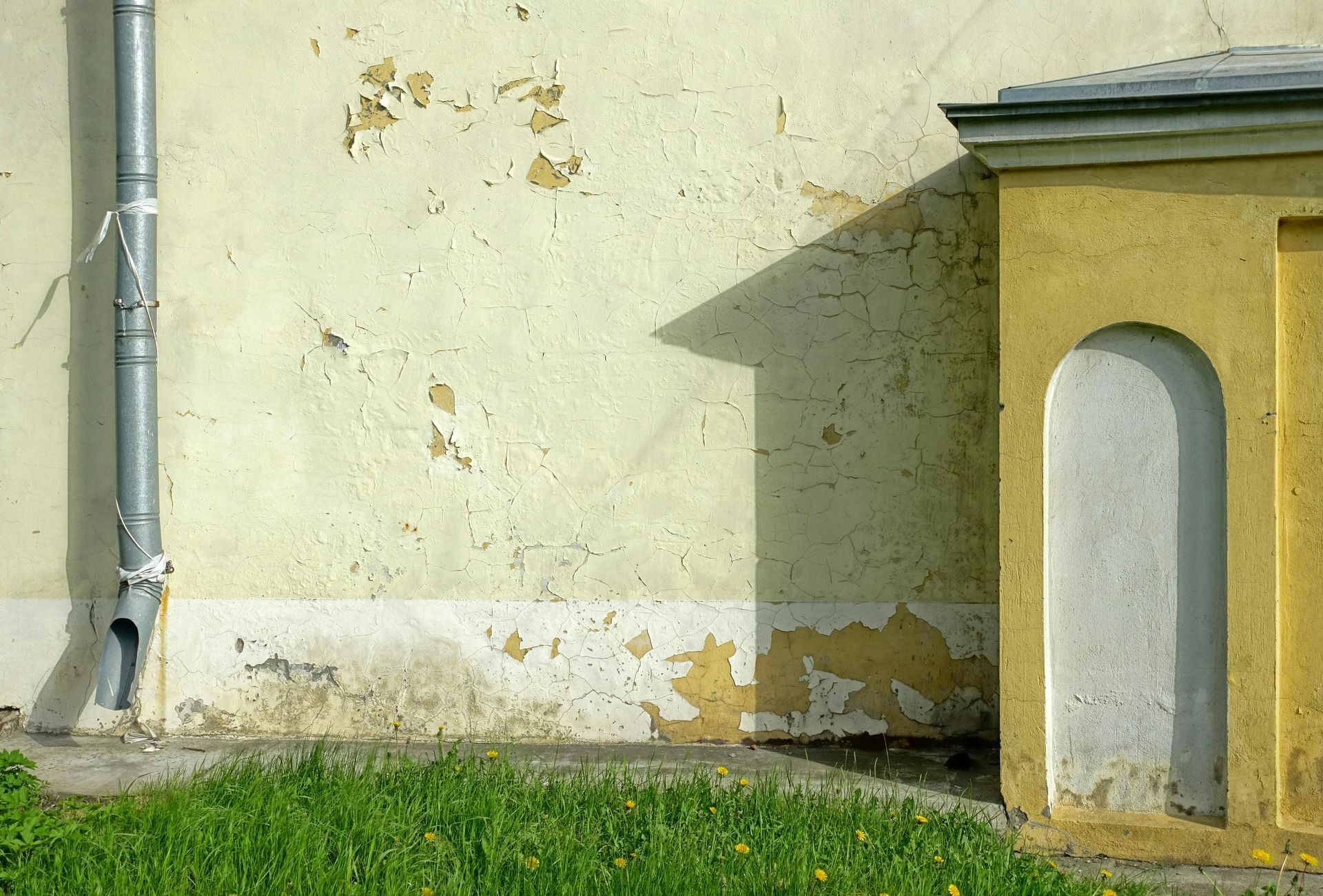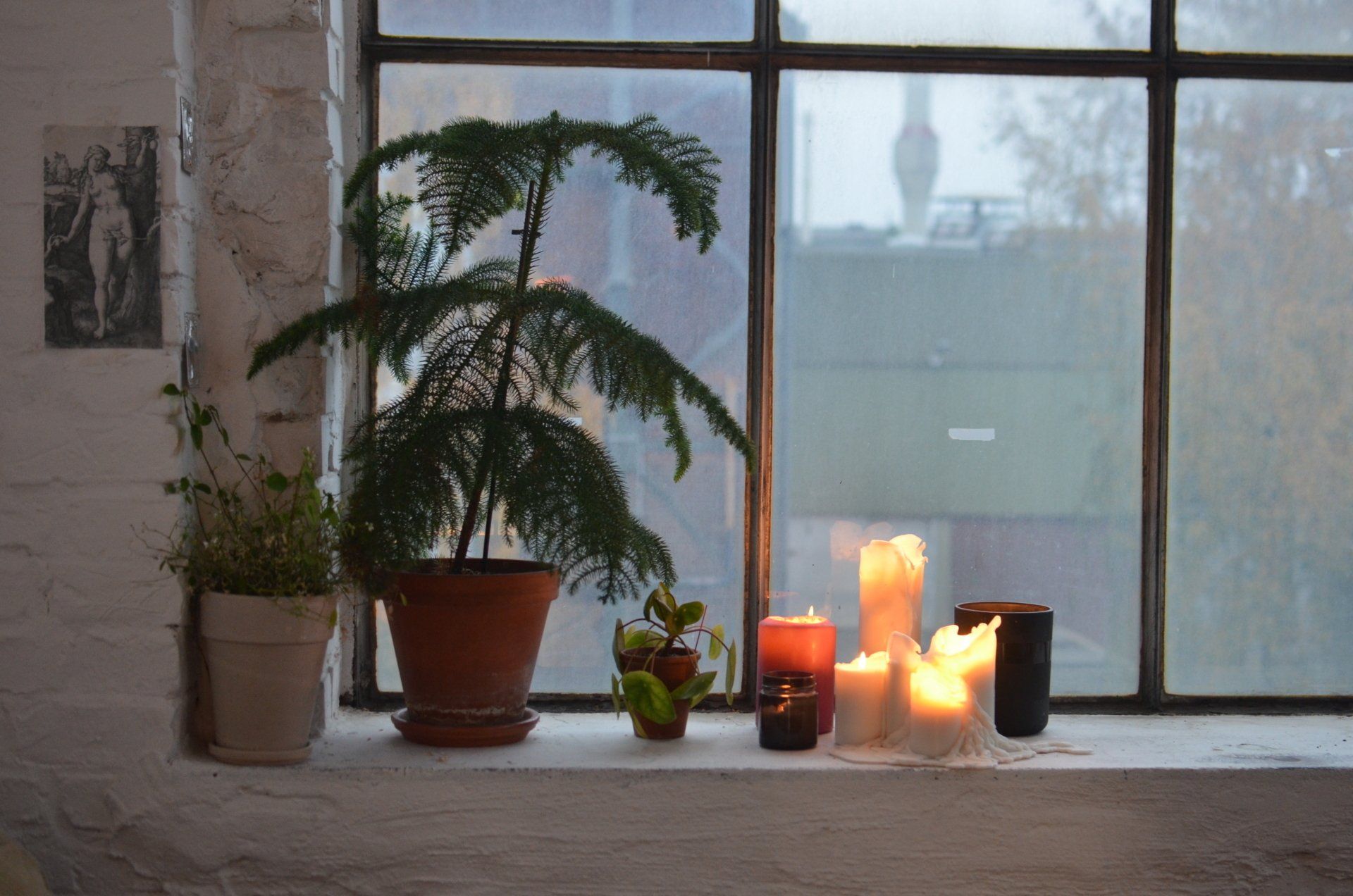Home Fire Damage Protection: Vital Measures for Safety
Home fires are a prevalent hazard that poses significant risks to safety, property, and financial security. Annually, fires in residential settings claim lives, devastate families, and result in billions of dollars in loss. The importance of home fire damage protection cannot be overstated—with effective measures, the potential for catastrophic loss can be significantly reduced. Data from fire departments across the nation reveal a troubling frequency of incidents, underscoring the critical need for proactive safety practices. This article aims to explore the essential strategies for protecting your home against fire damage, focusing on prevention, preparation, and response to minimize risks and safeguard what matters most.
Understanding the Risk Factors
One of the leading causes of home fires is unattended cooking. Kitchens become hazards when cooking equipment is left unsupervised, especially with open flames or electric stoves that can ignite combustible items like cooking oil, paper towels, or even nearby curtains. Heating equipment, including portable heaters, wood stoves, and fireplaces, accounts for a significant number of fires during the colder months. These incidents often occur when flammable materials, such as furniture, bedding, or clothing, are placed too close to heating sources.
Electrical faults are another primary contributor to residential fires. Overloaded circuits, faulty wiring, and the misuse of electrical appliances can create dangerous conditions that may lead to fires. The risk associated with electrical faults can increase in older homes with outdated electrical systems not equipped to handle modern electrical loads.
Seasonal decorations, particularly around holidays like Christmas, pose fire risks when combustible decorations are placed too close to heat sources or when lights are left on for extended periods. During dry seasons or in areas prone to drought, the risk of fire can escalate dramatically, with even a small spark having the potential to cause a significant blaze.
By recognizing these common causes and understanding how they might be exacerbated by specific seasons or circumstances, homeowners can take targeted steps to mitigate risks and protect their property and loved ones from the devastating impact of home fires.
Understanding the Common Causes of Home Fires
The most common causes of house fires include cooking mishaps, heating equipment, electrical malfunctions, and flammable decorations. These incidents are significantly heightened by neglect and the failure to adhere to safety protocols, with statistics highlighting the urgency of awareness and prevention.
Cooking-related Fires
Unattended cooking stands as a leading cause of cooking-related fires, arising when food is left cooking on stovetops without supervision. This negligence can result in overheating and eventually sparking a fire. Similarly, mishandled hot oil, particularly when frying food, poses a significant risk as it can ignite if overheated or if it comes into contact with a flame. Malfunctioning cooking appliances, such as stoves with faulty wiring or broken temperature controls, can also lead to unexpected fires, underscoring the importance of regular maintenance and cautious use.
Real-life examples abound, such as a family's Thanksgiving dinner turning disastrous when a deep fryer, left unattended, set a nearby wooden deck ablaze. Or consider the instance where a simple evening meal went awry as a malfunctioning electric stove failed to turn off, igniting the oil in a pan. These scenarios highlight the critical need for vigilance, proper handling of cooking equipment, and the presence of a working smoke detector as key measures to prevent cooking-related fires.
Electrical Fires
Faulty wiring, overloaded circuits, and the misuse of electrical appliances are among the primary culprits of electrical fires in residential settings. These dangers often lurk unseen within the walls of homes or in the everyday devices we take for granted. Faulty wiring can be a result of age, improper installation, or damage and may manifest through signs such as flickering lights, frequent circuit breaker trips, or outlets that are warm to the touch. Overloaded circuits, a common issue, occur when too many devices draw power from the same source, leading to overheated wires that can ignite surrounding materials. Misuse of electrical appliances, such as overusing extension cords or using outdated appliances, can also pose significant fire risks. To prevent such incidents, it's crucial to conduct regular checks of the electrical system by a qualified electrician, be cautious not to overload outlets, and replace or repair any damaged cords or appliances promptly.
Heating Equipment Fires
Improper maintenance of heaters, fireplaces, and furnaces is a significant fire risk in residential settings, particularly during the colder months when these heating sources are used most frequently. Lack of cleaning and failure to inspect these appliances can lead to the accumulation of dust, lint, and other flammable materials, which can ignite if they come into direct contact with a heat source. For fireplaces, a common hazard arises from uncleaned chimneys, where soot and creosote can build up to dangerous levels, potentially leading to chimney fires that can spread to the rest of the home.
Preventive measures include regular inspection and maintenance of heating equipment by qualified professionals to ensure they are functioning correctly and safely. For fireplaces, annual chimney sweeps are essential to remove blockages and the buildup of combustible materials. Heaters and furnaces should have clear space around them, free from any potentially flammable objects such as furniture, curtains, or rugs. Installing carbon monoxide detectors near these heating sources can also provide an early warning of malfunctioning equipment, further preventing fire risks.
Fire Prevention Tips
Let's explore practical fire prevention tips to safeguard your home. These strategies are designed to address the common causes of home fires, helping you create a safer living environment.
Regular Inspection and Maintenance
One of the most effective ways to prevent home fires is through regular inspection and maintenance of all fire-prone areas and appliances. Ensuring that heating systems, electrical circuits, and kitchen appliances are in optimal condition can significantly reduce the likelihood of a fire. Professional inspection services, such as those provided by First Call Restoration, play a crucial role in this process. They offer expert evaluations of a home's fire risks, identifying potential hazards that homeowners may overlook. This proactive approach not only enhances safety but also gives homeowners peace of mind, knowing their homes are safeguarded against fire-related incidents.
Proper Storage of Flammable Materials
Incorrect storage of flammable substances significantly increases the risk of home fires. These materials should never be kept near heat sources, such as furnaces, stoves, or sunny windows, which can trigger rapid ignition. It is essential to store flammable liquids, including cleaning agents and solvents, in cool, dry places and inappropriate, clearly labeled, non-reactive containers. Also, ensure that combustible materials like paper, cloth, and wood are stored away from electrical equipment. Following these guidelines can markedly reduce the chances of accidental fires caused by the improper storage of flammable materials.
Fire-Resistant Building Materials
Using fire-resistant materials in home construction and renovation plays a critical role in reducing the risk of fire damage. Examples include fire-retardant paint, which can be applied to walls and ceilings, and non-combustible roofing materials like metal or clay tiles. Installing gypsum board and fire-resistant drywall in kitchens and near fireplaces can also prevent fire from spreading. Further, fire-resistant insulation made from fiberglass or mineral wool adds an additional layer of protection. These materials, when strategically installed, significantly lower the likelihood of fire ignition and propagation, enhancing home safety.
Smoke Detectors and Fire Alarms
Smoke detectors and fire alarms are critical components of a home's fire safety strategy, offering early warnings that can save lives and properties. Their optimal placement is near bedrooms and kitchens, as well as on each level of a residence, ensuring comprehensive coverage. Regular maintenance, including monthly testing and annual battery replacement, is essential to their effectiveness. Dust accumulating on sensors can reduce sensitivity, making routine cleaning a necessity. This vigilance ensures these devices remain in working order, ready to alert occupants at the first sign of fire.
Fire Extinguishers
Accessible fire extinguishers in homes are vital for immediate response to small fires, preventing them from escalating into major incidents. Ideally placed in the kitchen, near fireplaces, and in garages, these extinguishers need to be within easy reach. The basic use of a fire extinguisher involves remembering the acronym PASS: Pull the pin, Aim low at the base of the fire, Squeeze the handle to release the extinguishing agent, and Sweep the nozzle side to side. Familiarizing oneself with this process is essential for effectively dousing fires and ensuring safety.
Fire Safety Plan
A well-thought-out fire escape plan is crucial for ensuring the safety of all household members during a fire. Start by drawing a map of your home, marking two exits from every room and a path to the outside from each exit. Practice this escape plan with your family, including pets, at least twice a year. Designate a safe meeting spot outside your home to gather after escaping. Teaching children how to escape on their own, if safe to do so, reinforces the plan's effectiveness and ensures everyone knows what to do in case of a fire.
The Aftermath: Recovering from a Home Fire
Recovering from a home fire involves several critical steps to ensure the safety and well-being of all affected. The immediate action should include contacting your insurance company to report the incident. They can guide you through the process of filing a claim and may assist in arranging temporary housing if your home is uninhabitable. It's important to document the damage by taking photos or videos before any clean-up or repairs are started. This documentation will be crucial for your insurance claim and any potential investigations.
Before re-entering your home, it's essential to get clearance from the fire department that it's safe to do so. They will confirm whether the structure is secure and if there are any health hazards present. Once inside, it's advisable to wear protective gear, such as masks and gloves, to avoid exposure to potentially toxic soot and smoke residue.
Cleaning and restoring a home after a fire is a daunting task. Begin with ventilation by opening windows to clear out smoke. Avoid using household fans unless the air quality has been deemed safe. Smoke and soot can infiltrate and damage possessions, and in many cases, professional fire restoration services are necessary to thoroughly clean and salvage items.
For structural repairs, it's crucial to seek professional help. Fire can compromise the integrity of building materials, making DIY repairs risky. Professionals not only have the right tools and knowledge but also understand the safety regulations required to restore a home safely.
Navigating the aftermath of a home fire is challenging, but taking methodical steps towards recovery is crucial. Prioritizing safety, reaching out for professional help, and closely working with your insurance company can significantly ease the process.
Ensuring a Fire-Proof Future with First Call Restoration
Ensuring your home is safeguarded against fires involves more than just adherence to safety guidelines; it requires the expertise of professionals in fireproofing your home. First Call Restoration stands at the forefront of offering comprehensive services that significantly minimize the risk of fire in your residence. From detailed inspections to the installation of fire-resistant materials, our team is dedicated to protecting your property and loved ones. Don't wait for a disaster to happen. Take a proactive step towards fireproofing your home by contacting First Call Restoration today, and ensure your peace of mind for tomorrow.
